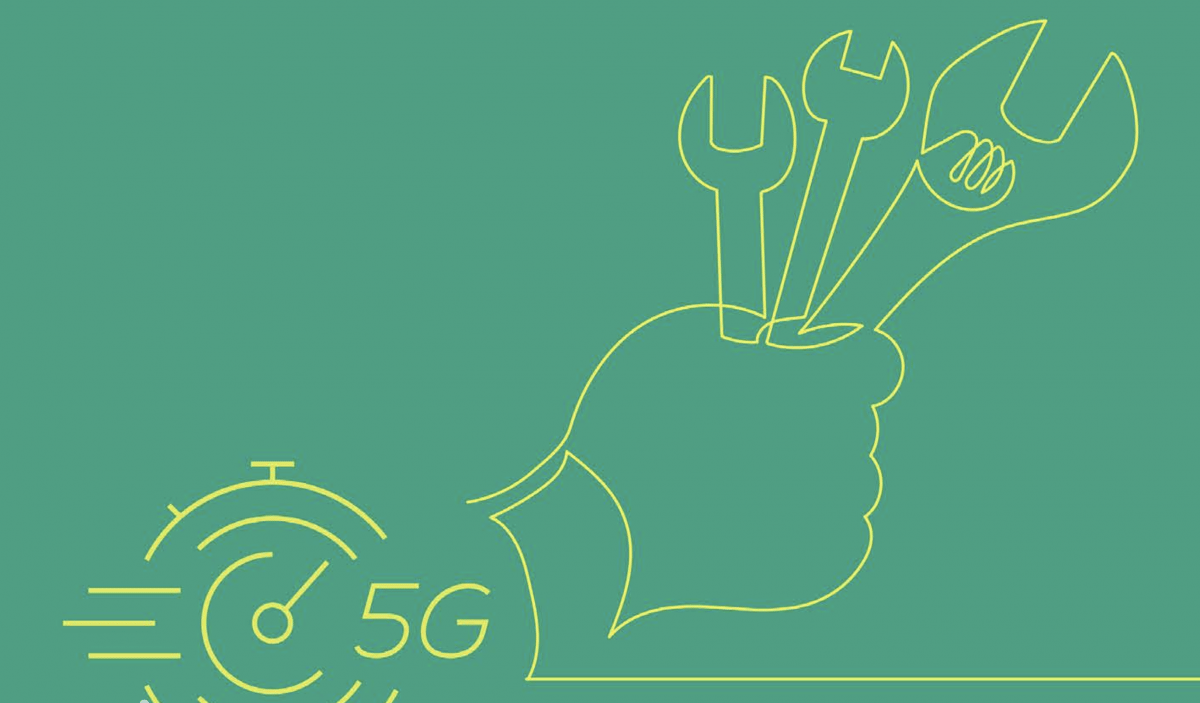O2 Telefónica and Ericsson have successfully tested 5G mobile communications using mmWave technology in the 26 GHz band. This is the first time this has been achieved in a laboratory setting. They were able to transmit “more than 4 GBit/s” over an 800 MHz wide band, which is around four times the speed of wired Gigabit Ethernet networks.
The question arises as to why this level of speed is necessary, especially for private users. O2 Telefónica and Ericsson are considering the application of cloud gaming, which requires large data volumes and short latencies below 10 ms. Gamers would be able to “book additional network capacities” to support this, which would be delivered to their homes using mmWave technology. However, there are currently no tariffs or end devices available for this use case, and it should be noted that the main area of application for ultra-fast mobile transmission is in the industry.
In the production lines, cars can be loaded with all software at a predefined point within a very short time. This process, known as data shower, relies on high-speed mobile transmission. Additionally, on construction sites, high-resolution X-ray images of concrete and steel structures can be immediately transmitted for evaluation. Network operators can also offer radio-supported fixed network connections with gigabit capacities using this technology, known as Fixed Wireless Access (FWA).
The laboratory setup used cloud RAN technology, where components and functions of the radio access network are virtualized and operated as software. Similar to the Open RAN concept, common hardware can be used by mobile network operators, such as computers with Intel chipsets. Extra-wide radio bands are crucial for achieving fast transmissions. In Europe, the mobile communications industry is now opening up much broader bands in the millimeter wave range (mmWave) that were previously unused. This saves network operators the costly installation of fiber optic connections, as seen in the USA where AT&T, T-Mobile, and Verizon have already deployed mmWave technology.
However, mmWave technology has limitations due to its higher frequency, resulting in a shorter range. A base station with 26 GHz can only cover a few hundred meters at best, while lower frequencies like 1800 MHz can cover several kilometers. This is why network operators are less interested in offering mmWave nationwide. In Germany, mmWave technology is more likely to be used for private mobile networks, especially in manufacturing technology for the rapid networking of robots. The Federal Network Agency has reserved two radio bands specifically for campus networks, including the 26 GHz band.
The 26 GHz band has attracted interest from various companies, including O2 Telefónica, Airbus Defense and Space, Nokia Networks, and the universities of Dortmund and Dresden. The Federal Network Agency has granted more than 300 companies usage rights for private mobile communications in the 26 GHz band.
Overall, the successful testing of 5G mobile communications using mmWave technology in the 26 GHz band showcases the potential for ultra-fast mobile transmission in various industries. While private users may benefit from applications like cloud gaming in the future, the main focus is currently on industrial use cases that require high-speed data transfer.



